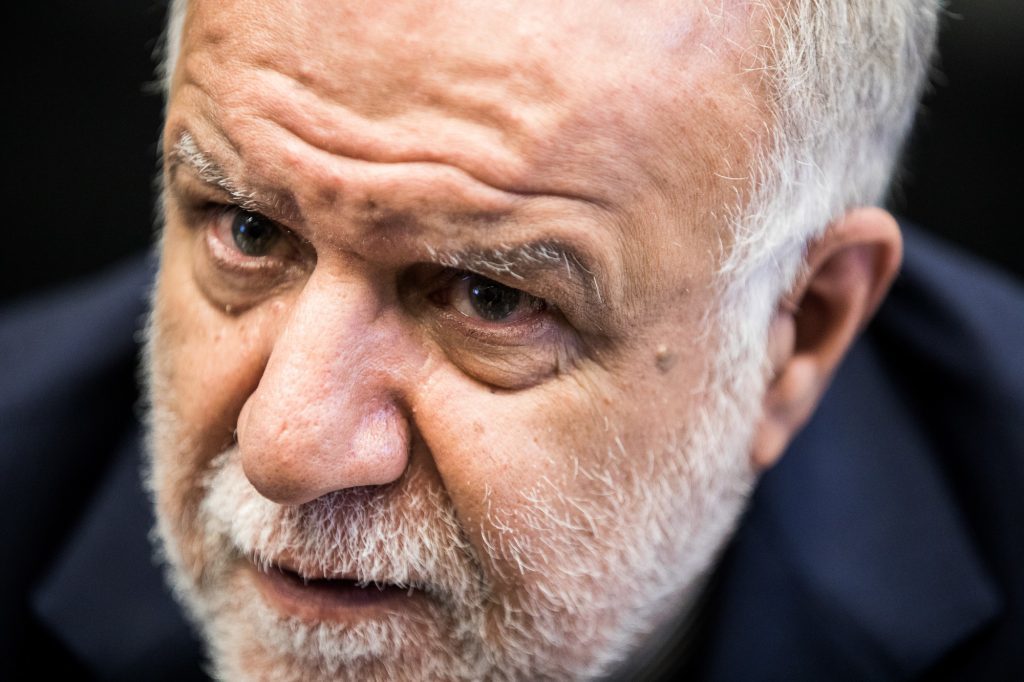
A key OPEC minister has warned that the group risks overheating the oil market as crude prices head toward $70 a barrel.
“Members of the Organization of Petroleum Exporting Countries are not keen on increased Brent crude prices above $60 a barrel because of shale oil,” Iran Oil Minister Bijan Namdar Zanganeh said, according to the ministry’s news service Shana. Prices have climbed in recent days because of production cuts and increased demand for petroleum products due to cold weather, he said.
While the view isn’t universally held among OPEC ministers, the comments show concerns among some countries that keeping production curbs in place as a strengthening global economy drives demand could spur more output from shale producers in the U.S. Higher prices also encourage producers to hedge future output, adding to supplies.
OPEC and allies including Russia agreed in November to extend output cuts to the end of this year to reduce global inventories. Iran, OPEC’s third-largest producer, isn’t required to cut output under the agreement. It pumped 3.8 million barrels a day in December, according to data compiled by Bloomberg.
Russia took its time to join the extension, with officials and oil bosses in Moscow undecided 15 days before their meeting in Vienna on Nov. 30. Wording in the pact gives participants a chance to change terms this year if needed, Russian Energy Minister Alexander Novak said after the meeting. Rosneft PJSC Chief Executive Officer Igor Sechin has also warned that U.S. shale output may destabilize the market this year.
Brent crude rose 11 cents by 3:54 p.m. in Dubai after earlier rising as much as 51 cents to $68.29 a barrel, the highest since May 2015. Prices advanced 18 percent last year as the output cuts took effect.
U.S. output will rise by at least 830,000 barrels a day this year, JBC Energy GmbH said Tuesday in a note. That could cause U.S. crude prices to “cool” in the first half, the Vienna-based researcher said. The U.S. pumped about 9.34 million barrels a day last year, according to Department of Energy data compiled by Bloomberg.
Shale oil isn’t the only source of supply that’s flowing back into the market. Iraq’s Oil Minister Jabbar Al-Luaibi said in December he’s optimistic prices will rise this year. The country is working to expand output capacity so that it can pump more when the agreement on curbs ends, he said.
Saudi Arabian Energy Minister Khalid al-Falih said last month that OPEC and its partners need to persist in cutting output since global crude inventories won’t be “ anywhere close” to the level the group is targeting by the time they meet again in June.
Some countries may welcome higher prices as a way to plug government deficits. Iraq has been fighting insurgents in the country and a dispute with its northern Kurdish region is curbing exports from that area. Saudi Arabia is increasing pay to some government and private sector workers to compensate for increased prices on some goods such as fuels.
OPEC and its partners are seeking to bring the amount of oil in storage worldwide down to its five-year moving average, a goal that the group says will show the market is in balance. OPEC said it and partners reached 122 percent compliance with their agreed cuts in November, a record since the agreement began.
Recommended for you
